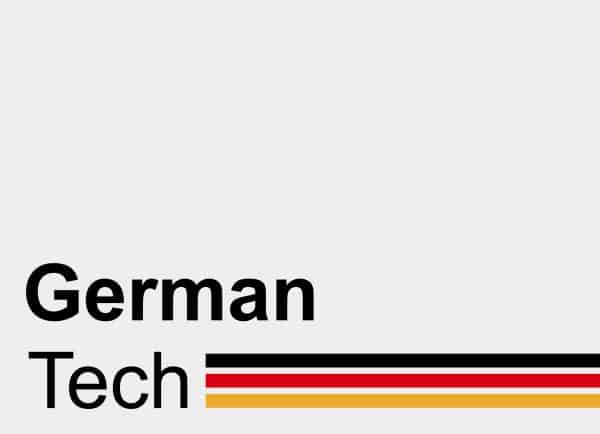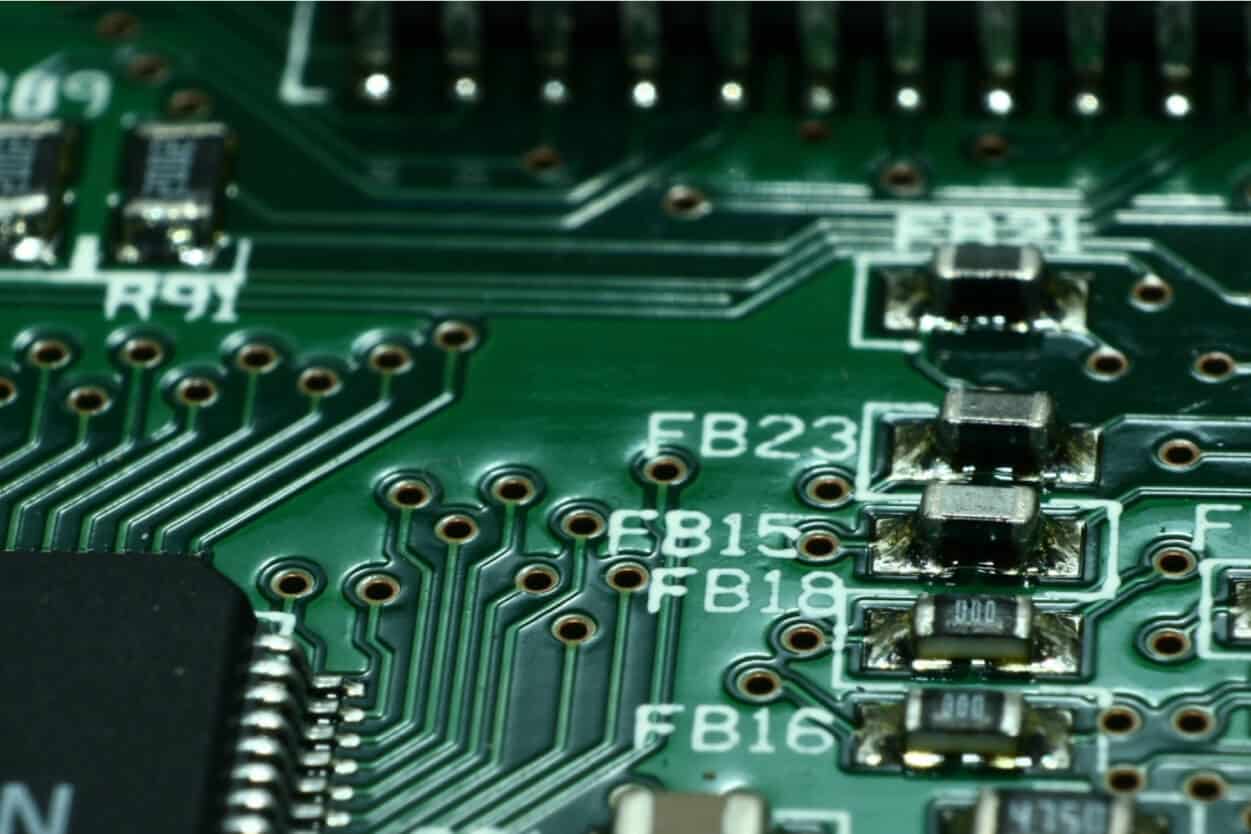According to literature, two different methods can be used to achieve technical cleanliness for electronic components or parts, particularly for high-pressure components. Particles that may occur during assembly and manufacturing can be referenced in the VDA 19.2 assembly environment particle cleanliness course content.
One method is preventing component contamination throughout the entire process chain. This begins with the first planning of the assembly layout, considering various processes from supplier part provision through transportation and production, including production, packaging, and shipping to the final customer. Therefore, manufacturers need to conduct all production in clean rooms and coordinate necessary logistics (environmental control, transport entry and exit, employee clean room clothing, etc.) and related staff training and qualification certification to avoid particles. To ensure production meets technical cleanliness, an initial audit helps determine the current cleanliness status. The next step, after assessing particle contamination risks, can identify initial steps to improve particle cleanliness in production, procurement, or logistics processes.
The second method follows removing particles generated during the production process through a cleaning process after production, with random sampling to confirm cleaning results. This approach can be considered only when introduced chain particles will not cause issues in that process chain. Another option is combining both strategies – particle avoidance and particle cleaning. This is especially recommended when technical cleanliness requirements are extremely high, particularly for automotive core components with high reliability and durability demands.
Beyond cleaning components (low or high-pressure), manual cleaning of production systems might be necessary in certain process steps. Dry or wet cleaning can be selected based on product material and contaminant characteristics, with the goal of meeting the final product’s high cleanliness requirements. If components are not cleaned, particle entry into the production system must be minimized. For instance, if welding frames and reflow ovens are not periodically cleaned, the welding process itself can be a particle source. Burned flux agent residues might form solid layers on solder frames that separate during transport (via conveyor chain or manual movement by production personnel), thus releasing particles.
Learn More: Dry Cleaning vs. Wet Cleaning Particle Cleanliness VDA 19.2 Assembly Environment Technical Cleanliness Official Certification Course Particle Cleanliness VDA 19.1 Particle Cleanliness Technology Official Certification


